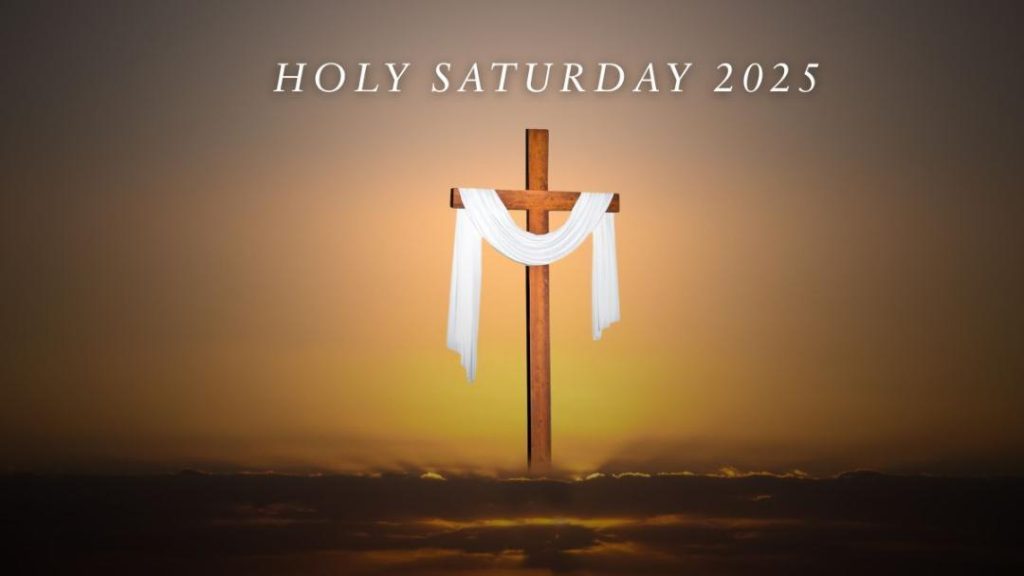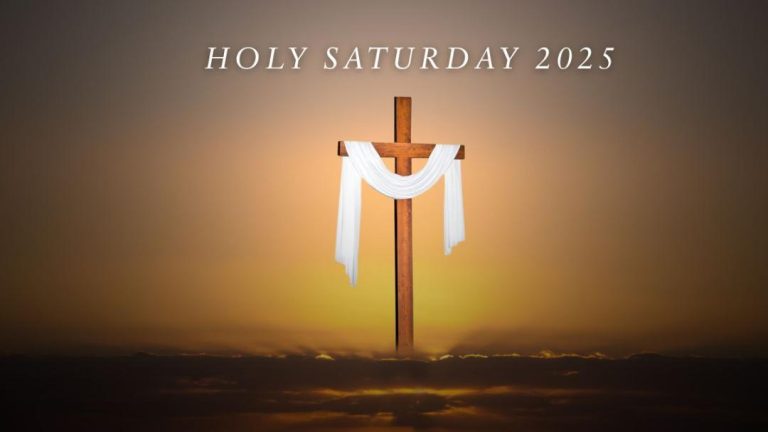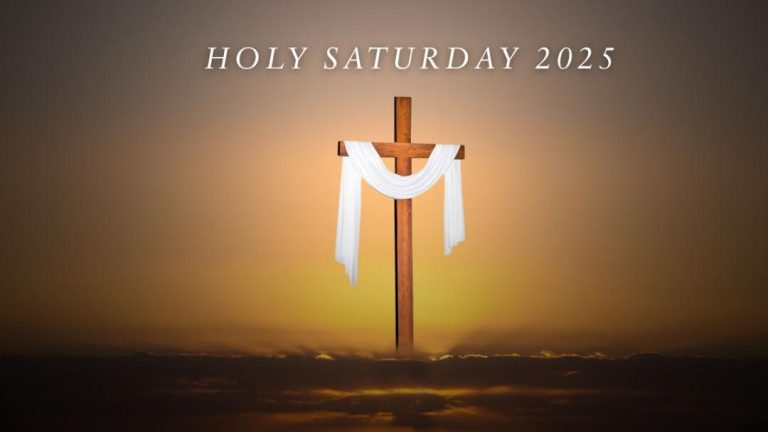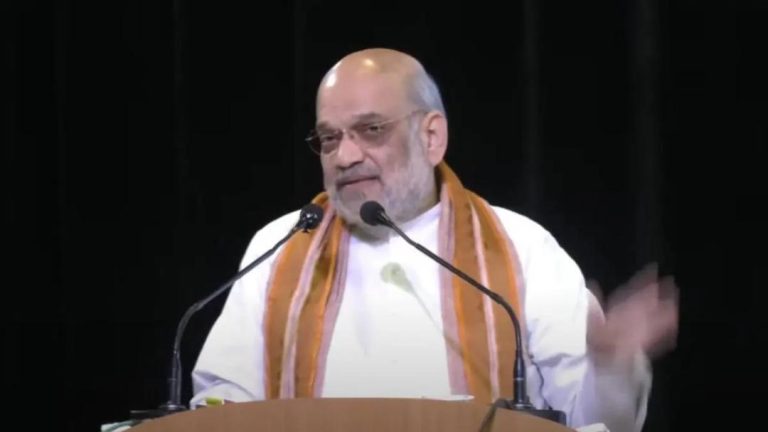
What is Holy Saturday & why is it celebrated?
Holy Saturday, observed between Good Friday and Easter Sunday, marks a significant day in the Christian calendar. It is a day of silence, reflection, and anticipation, as it signifies the period between Jesus Christ’s crucifixion and his resurrection. This year, Holy Saturday will be observed on April 19, 2025, followed by Easter Sunday on April 20.
As the name suggests, Holy Saturday is the day when Jesus Christ lay in the tomb, awaiting his resurrection. It is a day of solemnity and contemplation, where Christians around the world come together to reflect on the significance of Christ’s sacrifice and the promise of new life.
The significance of Holy Saturday can be understood in the context of the Easter story. After Jesus was crucified on Good Friday, his body was placed in a tomb, where he lay for three days. According to Christian belief, Jesus descended into hell, where he freed the souls of the righteous who had died before him. On the third day, he was raised from the dead, appearing to his disciples and followers, who believed him to be the Son of God.
The significance of Holy Saturday lies in its role as a bridge between Good Friday and Easter Sunday. It is a day of anticipation, where Christians prepare themselves for the joy and celebration of Easter. The day is marked by a sense of silence and reflection, as people come together to pray, meditate, and contemplate the significance of Christ’s sacrifice.
In many Christian traditions, Holy Saturday is observed with special liturgies and vigils, where the faithful gather to pray and reflect on the significance of Christ’s death and resurrection. In the Catholic Church, for example, the Easter Vigil is celebrated on Holy Saturday evening, which marks the highlight of the Easter Triduum. The vigil is a solemn and beautiful celebration, where the faithful gather around the Paschal candle, and listen to the story of creation, the history of salvation, and the institution of the Eucharist.
In addition to its spiritual significance, Holy Saturday also holds a special place in many cultural and traditional practices. In some Eastern European countries, for example, Holy Saturday is a day for traditional foods, such as pysanky (Ukrainian Easter eggs) and kulich (a sweet bread). In other parts of the world, Holy Saturday is marked with special ceremonies and rituals, such as the traditional Easter blessing of the Easter eggs.
Despite its significance, Holy Saturday is often overshadowed by the more prominent celebrations of Good Friday and Easter Sunday. However, it is an important day in the Christian calendar, as it serves as a reminder of the promise of new life and redemption that Christ’s sacrifice brings.
As we approach Holy Saturday, it is an opportunity for us to reflect on the significance of Christ’s sacrifice and the hope of eternal life that it brings. It is a day to come together with our communities, to pray, meditate, and contemplate the mysteries of God’s love. As we await the joy and celebration of Easter Sunday, may Holy Saturday inspire us to deepen our faith and to live out the teachings of Christ in our daily lives.






